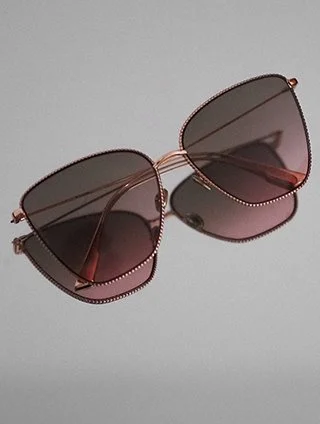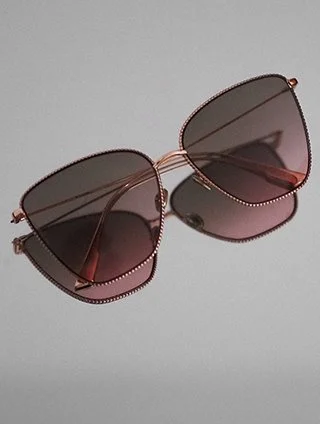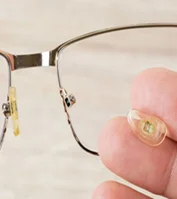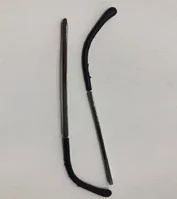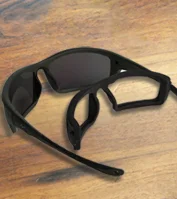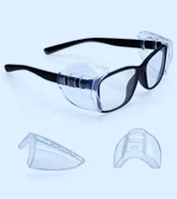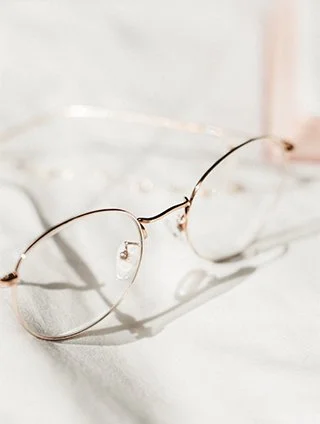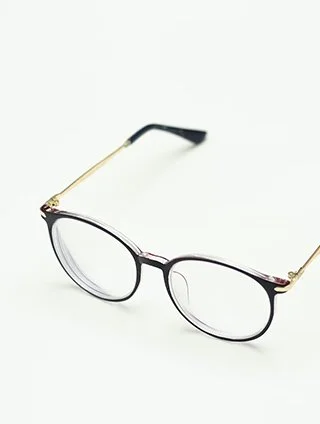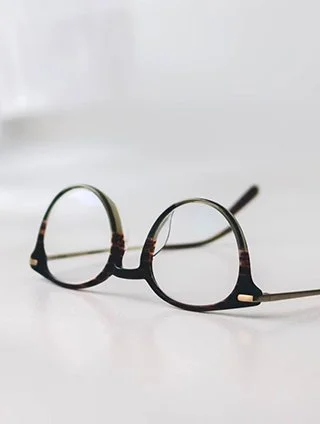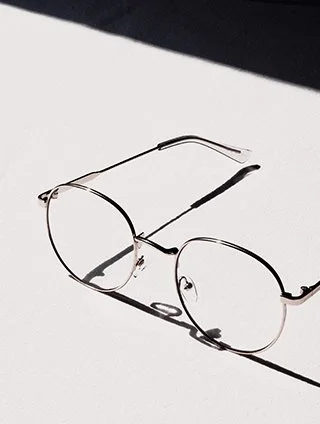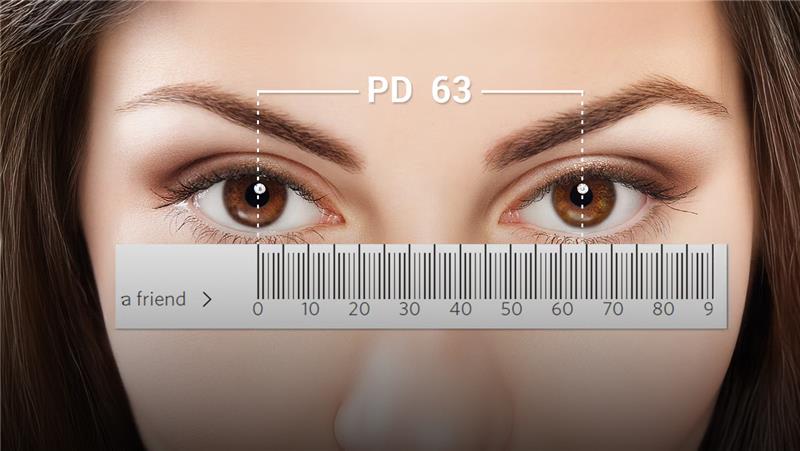Last updated: Monday, November 10, 2025
When it comes to buying glasses, one number makes a big difference: Pupillary Distance, or PD. It’s not just a technical term. PD plays a significant role in determining the effectiveness of your glasses. It affects vision clarity, comfort, and eye health.
PD stands for the distance between your pupils, and it is measured in millimetres. It guarantees that the lenses of the glasses are precisely in front of your eyes. You may get headaches, eye strain, or blurred vision if your PD is incorrect.
You may notice PD on your prescription. But most prescriptions don't include it. When you're purchasing glasses online, experimenting with new lenses, or upgrading old ones, you'll want to know your PD.
This guidance has it all. You will find out what professional development is, its significance, and how to pursue it. It does t matter whether you have a ruler, a digital gadget, or even a professional person doing it, we have it sorted.
What is Pupillary Distance (PD)
Pupillary Distance tells the opticians where to place the optical centres of their lenses. It is important for comfortable vision. Your PD is set up to ensure that the lenses on your glasses suit your eyes perfectly. Without proper PD, lenses will not focus correctly, resulting in issues like:
What PD Tells Opticians
PD is the measurement of how far apart your pupils' centers are in millimeters. It helps opticians position the lenses properly. The goal is to line up your pupil with each lens's optical center. This eliminates strain on the eyes and eyesight.
When glasses do not fit based on your PD, you will either encounter blurred vision or impaired focus. Your eyes will work harder in an attempt to balance, and this will lead to fatigue. Proper PD provides effortless, clear vision.
Opticians rely on PD as a reference while creating lenses. It enables glasses to provide optimal protection, comfort, and vision.
Types of PD
There are two different kinds of PD measurements: monocular and binocular.
- Binocular PD is the overall distance between your pupils' centers. For single-vision lenses, this size is the most commonly utilized.
- Monocular PD takes independent measurements from each pupil's center to the nose bridge. Progressive lenses and bifocals are examples of multifocal lenses that require this.
Each eye may have a slightly different distance, so monocular PD provides more accurate alignment. Most prescriptions write down only the binocular PD. However, for custom or high-tech lenses, monocular PD is best.
PD Ranges by Age
PD varies with age, particularly during childhood, as the face develops. It also differs between children and adults.
- Adult PD typically ranges from 54 to 74 mm.
- The range of average child PD is 43 mm to 58 mm.
In general, men have slightly larger PDs than females. Here is a simplified PD range:
Group | Average PD (mm) |
Children | 43–58 |
Adults | 54–74 |
Men | 64–66 |
Women | 62–64 |
Because these are averages, always take your individual PD to have accurate glasses.
Effects of Wrong PD
Improper PD in your spectacles can cause plenty of issues:
- Eye Tiredness: It occurs when your eyes attempt to correct a lens that is not correctly aligned.
- Headaches: Excessive use of the eye muscles can lead to the development of muscle tension.
- Blurry Vision: The lenses are not centered over your pupils, resulting in blurred images.
- Obscured Vision: Objects are misshapen or slanted.
- Fatigue: Your eyes get tired faster, especially when reading or working on the computer.
Such issues become worse with higher prescriptions or progressive lenses. Clear and comfortable vision requires a correct PD.
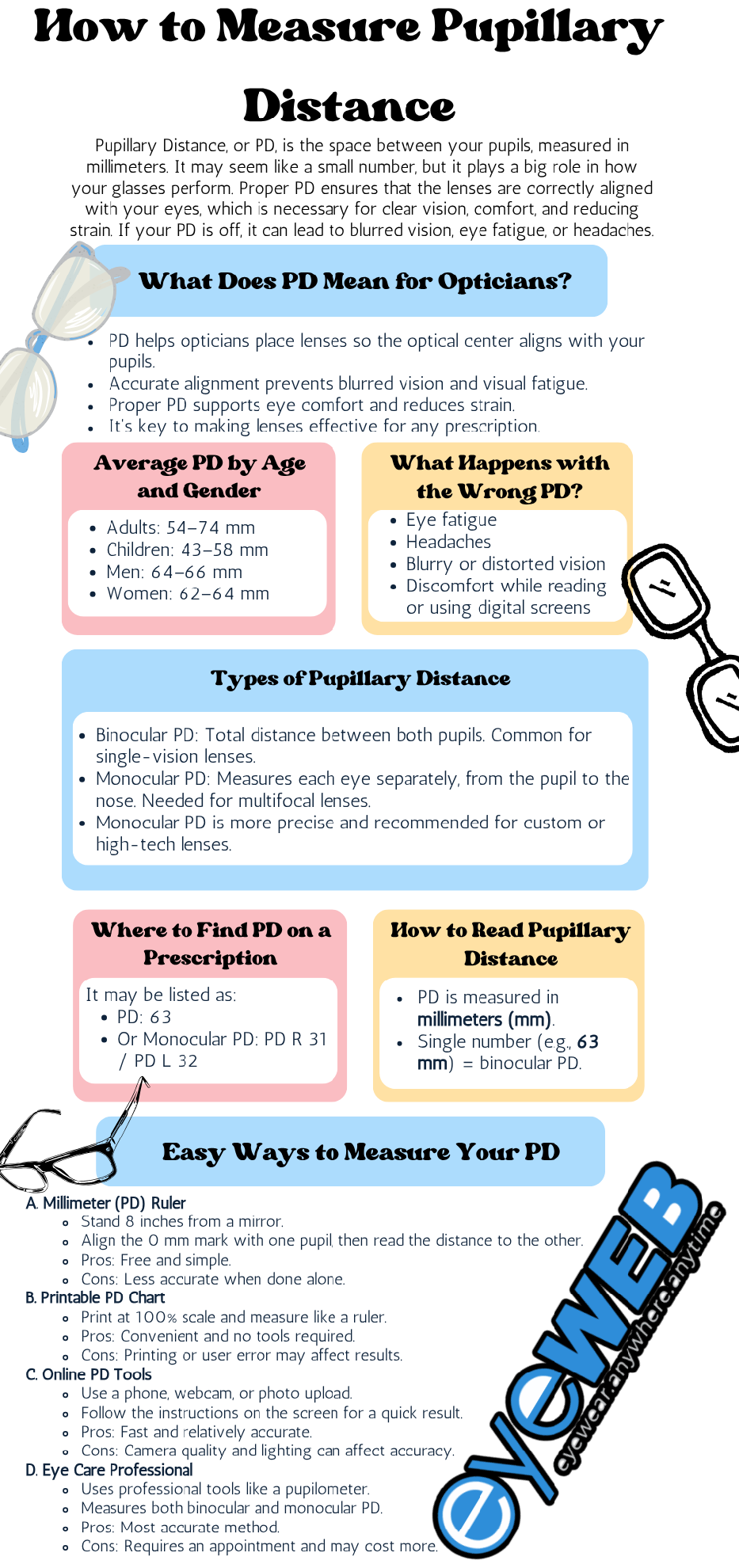
When You Need to Know Your PD
Knowing your PD can be helpful in many situations. Whenever you are buying glasses online or when you are trying out the different lens shapes, PD will ensure that your lenses fit well. You also need to know your PD to replace lost glasses or prescription eyewear, including VR headsets. Here are the key reasons why you should know your PD.
Purchasing Glasses Online
They normally request your PD before you place an order in online stores for glasses. By doing this, you can make sure the lenses are properly positioned within your frames. Without PD, you can end up with improperly fitted glasses. Vision impairment and discomfort can result from poorly fitted glasses with the incorrect PD.
Eyeweb has prescription glasses at a low cost from some well-known brands as well. That is why it is easy to obtain the right fit and style.
Replacing Lost Glasses
If you misplaced your glasses and did not have your PD measured, you will need to take it again. Your old glasses may not always be accurate for taking the measurement. Do not estimate your PD; it may shift from time to time or differ from the previous pair.
Experimenting with Different Lens Types
Changing to progressive, bifocal, or multifocal glasses requires you to have monocular PD. These types of lenses consist of varying focus areas, so precise placement is important. The lenses won't work as they should without proper monocular PD.
Creating Custom-Fit Glasses or VR Headsets
PD is not only for glasses. It comes in handy when designing virtual reality (VR) headsets or sports goggles. Images in VR headsets require precise PD to match pictures with your eyes. If your PD is inaccurate, the image may be blurry or induce motion sickness.
Re-checking a Past PD
Your PD can change slightly over time. Weight gain, aging, or other factors can affect your facial structure. Every few years, you should review your PD. Your glasses will always give clear vision thanks to this.
What’s the Average PD for Women and Men?
Men's PD is bigger, with an average of 64–66 mm. Women's PD is slightly smaller, ranging from 62 to 64 mm. These are averages, so measure your own PD to eliminate guesswork.
Pupillary Distance Chart
A PD chart is a convenient tool to get an idea of pupillary distance ranges. It allows you to visualize where your PD measures average values by age or sex. Charts are more convenient to read and estimate PD values.
You may want to refer to a PD chart if you do not have precise measurements. However, a chart is just a rough guide; it is not a substitute for measuring your actual PD.
How to Read Pupillary Distance?
PD is expressed in millimeters (mm). Your pupils are therefore 63 mm apart if your PD is 63. At other times, you'll have two figures, such as 31/32 mm. It's your monocular PD, or the separation between each pupil (left and right eyes) and the nose bridge.
How to Read Your PD on a Prescription?
Your eyeglass prescription might have PD under headings such as:
- PD: 63
Or
- Monocular PD, PD R 31/PD L 32
Certain prescriptions cover both monocular and binocular PD.
Methods of Measuring PD
Measuring PD is easy to do in a variety of ways. Measure it using a ruler, or printable measurements, experiment with online digital measurement tools, or consult an eye care specialist. Proper PD measurement is the secret to having well-fitting glasses and clear vision.
A. Making use of a Millimeter Ruler or PD Ruler
The most popular DIY method uses a basic ruler.
Steps:
- Stand about 8 inches from a mirror.
- Place the millimetre ruler across your brow.
- Close your right eye.
- Align the “0” mark with the center of your left pupil.
- Read the millimeter mark at the center of your right pupil. This is your binocular PD.
Tips for Accuracy:
- Keep your head straight for good eye level.
- Use good lighting.
- Try to stay still.
This technique is easy and free, but less accurate if you do it alone.
B. Printable PD Measurement Charts
Numerous websites provide printable PD charts that you can print at home.
How to use:
- Print the ruler at 100% scale (check printer settings).
- Cut it out and set it on your face just like a ruler.
- Use the same procedure to measure PD.
Pros:
- Convenient to use.
- No tools need to be purchased.
- Suitable for rough estimates.
Cons:
- Affects accuracy due to printing errors.
- Most prone to user error.
- Not appropriate for progressive or monocular PD lenses.
Utilize printable rulers primarily for single-vision lenses and general use.
C. Online PD Measurement Tools
Computer programs simplify and make measuring PD more accurate.
Types of Tools:
- Upload a selfie
- Utilize your webcam to scan your face live.
- Your phone's camera is used in mobile apps.
How to use:
- Instructions are on screen.
- Present yourself with a reference card.
- Let the software identify your pupils.
- Get your binoculars and sometimes monocular PD immediately.
Pros:
- Convenient and quick.
- Relatively accurate for most people.
- No special equipment required.
Cons:
- The quality of the lighting and the camera used can impact accuracy.
- May require account registration occasionally.
- Some services cost money.
Eyeweb offers a large selection of high-quality prescription eyewear that is simple to buy.
D. Seeing an Eye Care Professional
The most reliable method of determining your PD is through an eye care professional. They utilize special equipment known as pupilometers or sophisticated digital tools. These provide accurate binocular and monocular PD measurements.
Advantages:
- Maximum accuracy.
- Customized fitting.
- Professional guidance for your eye health.
Disadvantages:
- Time-consuming and likely more expensive.
- Involves visiting an eye doctor or optician.
This is the recommended approach for multifocal lenses or high prescriptions.
The Pupillary Distance is a small measurement that makes a tremendous impact. It also keeps lenses in position, so you can see clearly without straining. When you buy eyeglasses with your prescription, having the PD information is important. For maximum accuracy, go see an eye care professional.




